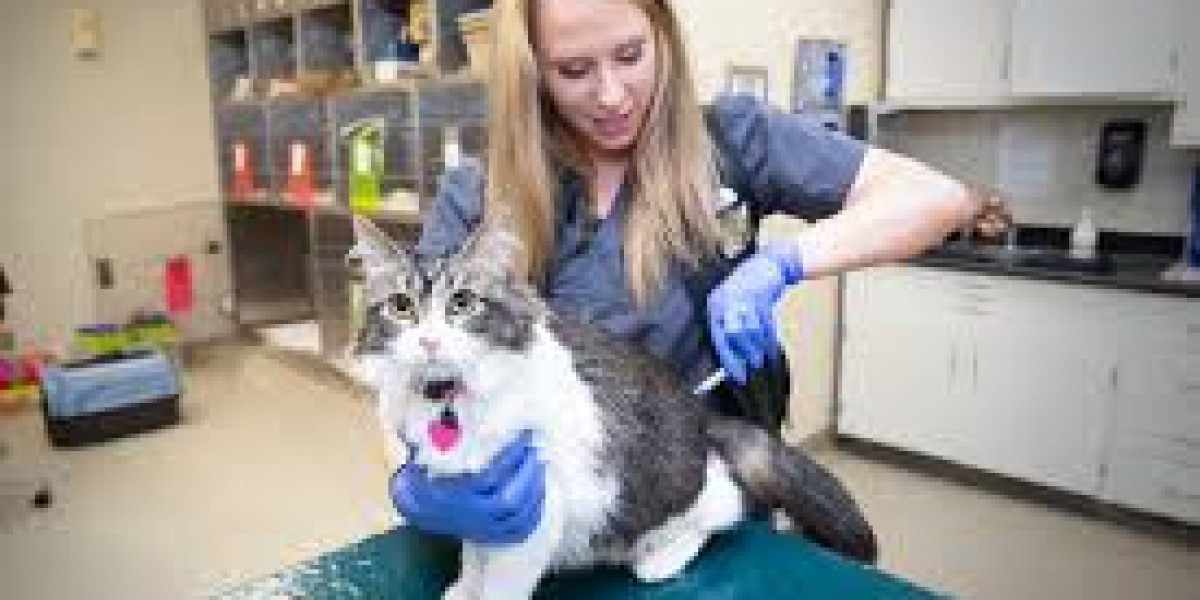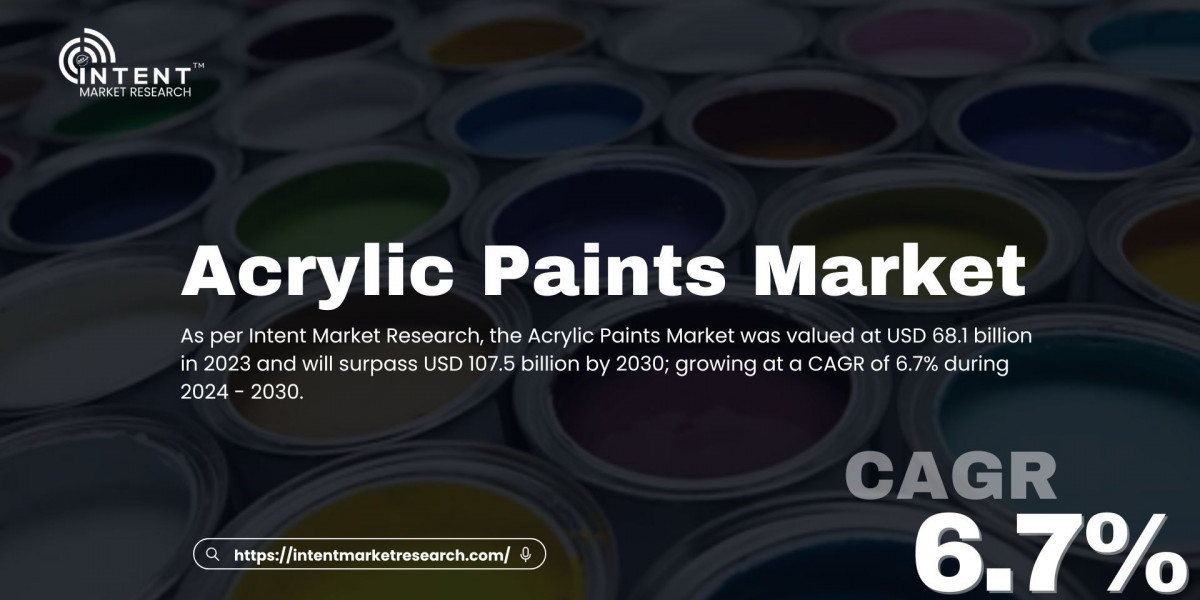The companion animals drug market has seen significant growth over the past few years, driven by rising pet ownership and the increasing demand for specialized treatments. As pets become an integral part of families, there is a growing need for innovative medications and therapies to ensure their well-being. However, despite this market expansion, there are numerous barriers hindering the smooth development, regulation, and accessibility of veterinary drugs for companion animals. Understanding these challenges is crucial for industry stakeholders to navigate the complexities and ensure that the pet healthcare market thrives.
1. Regulatory Challenges
One of the most significant barriers in the companion animal drug market is the complex regulatory environment. Unlike human drugs, veterinary medicines are subject to different and often more stringent regulations. Regulatory agencies like the U.S. Food and Drug Administration (FDA) and European Medicines Agency (EMA) have established specific approval processes for companion animal drugs. However, the regulatory landscape can vary widely from country to country, leading to delays in approval and market entry. This inconsistency can limit the availability of critical drugs in certain regions and create difficulties for pharmaceutical companies looking to expand globally.
2. High Development Costs
Developing medications for companion animals requires significant investment in research and development (RD). Pharmaceutical companies must conduct pre-clinical and clinical trials, which are both time-consuming and costly. The lack of large-scale funding from pet owners or the limited financial resources allocated to veterinary medicine compared to human healthcare can pose a challenge. Additionally, some drug developers are hesitant to enter the market due to uncertain returns on investment, considering the relatively smaller size of the companion animal pharmaceutical market in comparison to human drugs.
3. Limited Market Size
While the global pet population is growing, the companion animal drug market is still smaller than human drug markets. Many pharmaceutical companies are reluctant to develop drugs for companion animals because the financial return may not justify the extensive investment. This leads to a shortage of innovative drugs or treatments that could address unique health concerns in pets. Furthermore, the market is concentrated in certain regions such as North America and Europe, making it less appealing for businesses in emerging markets where the demand for pet healthcare is still growing.
4. Lack of Awareness and Education
Another barrier to the success of the companion animal drug market is the general lack of awareness and education among pet owners about the availability and benefits of specialized veterinary medications. Many pet owners may not recognize the importance of preventive care and the need for prescription medications, often opting for over-the-counter solutions that are less effective. In addition, there is a lack of specialized veterinary professionals who can prescribe these medications, especially in rural or underserved areas. Educating pet owners and veterinary practitioners is essential to fostering a market that supports better access to life-saving drugs for animals.
5. Intellectual Property and Patent Issues
Intellectual property (IP) and patent issues also present challenges in the companion animal drug market. Pharmaceutical companies often hold patents on new formulations or delivery methods, which can restrict access to certain medications. While patents protect innovation, they can also prevent generic versions of drugs from entering the market, leading to high prices for essential medications. The lack of affordable alternatives can be especially detrimental for pet owners who may struggle to afford the prescribed treatments, limiting the overall reach of veterinary drugs in the companion animal market.
6. Cost and Accessibility Issues
Cost and accessibility of companion animal drugs can be significant barriers. High drug prices, due to RD costs and the lack of generics, prevent many pet owners from purchasing necessary medications for their pets. Veterinary clinics may charge premium prices for these drugs, exacerbating the situation for low-income households. Furthermore, access to certain medications may be restricted in remote or underserved regions, where veterinary care is limited. Even though the online retail of pet medicines has improved access, many rural pet owners face difficulties in obtaining the right medications for their animals.
7. Challenges in Veterinary Workforce
The shortage of skilled veterinary professionals is another key barrier impacting the companion animal drug market. Veterinary medicine requires highly trained professionals to properly diagnose and treat illnesses in animals. The lack of sufficient veterinary staff can result in delays in diagnosis and treatment, potentially reducing the effectiveness of prescribed medications. Moreover, veterinary education programs may not adequately address the growing demand for specialized pet healthcare, further exacerbating the issue.
Conclusion
In conclusion, while the companion animal drug market has seen substantial growth, it still faces several barriers that must be addressed. Regulatory hurdles, high development costs, limited market size, and accessibility issues all pose significant challenges. To overcome these barriers, a multi-faceted approach involving the collaboration of pharmaceutical companies, regulatory bodies, veterinary professionals, and pet owners is needed. Increasing investment in RD, promoting awareness, and improving access to veterinary care are key to fostering a more sustainable and equitable market for companion animal drugs.








